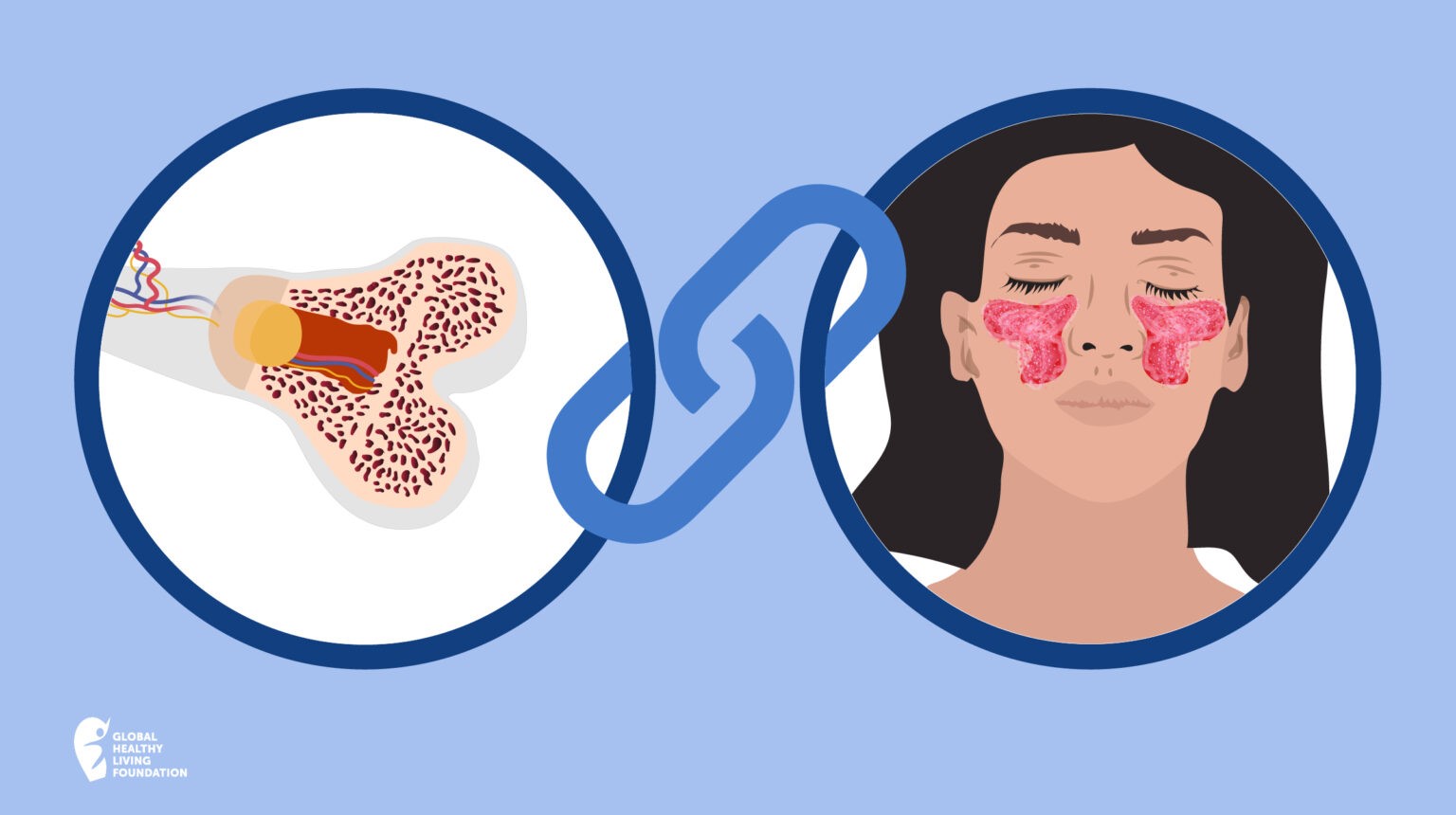What is Dupuytren’s contracture?
Dupuytren’s, as its most commonly known, is a common and progressive disease in which tissues in the hand shrink and harden, ultimately limiting the mobility of certain fingers.
Causes of Dupuytren’s
There is still ongoing research to define the exact cause of Dupuytren’s. What is known is that established risk factors include genetic predisposition and ethnicity, as well as sex and age (Increasing age, increases the risk of developing Dupuytren’s).
Several environmental risk factors (some considered controversial) include smoking, alcohol intake, trauma, diabetes, epilepsy and use of anticonvulsant drugs, and exposure to vibration.
Dupuytren’s has also been attributed to the presence of oxygen free radicals, trauma to the hand, or abnormal immune response in the body.
The presence of immune cells and related phenomena in Dupuytren’s-affected tissue suggests that Dupuytren’s is possibly immune-related.
Prevalence of Dupuytren’s
Currently there are about 15 million Americans age 35 and older who have Dupuytren’s disease. This accounts for 5% of the entire US population of 309 million. It accounts for 9.3% of the 163 million at-risk Americans aged 35 and older. For comparison with diabetes, 9.6% of Americans 20 years and older have physician-diagnosed diabetes. After age 55, the percent of people with Dupuytren disease increases steadily in both men and women. By age 70, one-quarter of men have signs of Dupuytren, increasing to one-third by age 80.
Research has shown that a higher incidence of Dupuytren’s is observed among Anglo men, and the ulnar fingers of the hand (ring and little finger), especially the ring finger.
The most common associated diseases were diabetes mellitus and hypertension.





